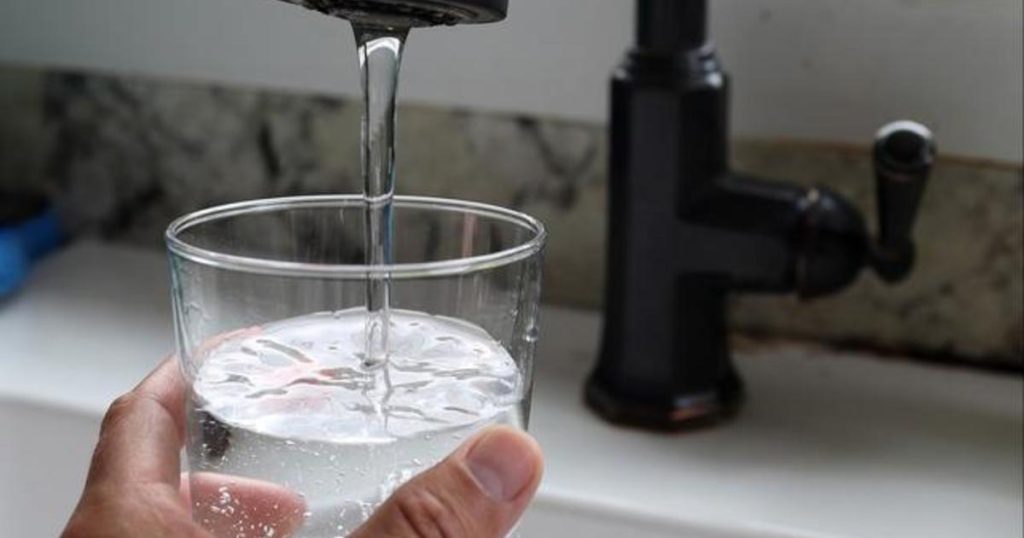The Environmental Protection Agency (EPA) recently announced the issuance of the first-ever national regulation limiting the amount of PFAS (per- and polyfluoroalkyl substances) in drinking water. PFAS are known as “forever chemicals” because they can take thousands of years to break down in the environment. These substances are commonly found in various products such as cookware, food packaging, cosmetics, clothing, and more. Despite their widespread use, evidence has been growing for decades that PFAS are toxic and can be harmful to health and the environment.
Health experts warn that even low doses of PFAS can build up in the body over time, leading to a range of health issues such as reproductive problems, suppressed immune system, increased cholesterol levels, cardiovascular impacts, and certain types of cancer. The EPA has stated that there is no safe level of exposure to PFAS without risk of health impacts, and public water utilities will be required to test for six different types of PFAS chemicals to reduce exposure in drinking water. The new standards aim to reduce PFAS exposure for 100 million people and prevent thousands of deaths and illnesses caused by contaminated drinking water.
Studies have shown that almost half of the tap water in the United States contains one or more PFAS chemicals. The U.S. Geological Survey tested tap water from 716 locations across the country and found PFAS in water from at least 45% of the faucets. Additionally, a global study identified the U.S., Australia, and Europe as hotspots for higher concentrations of PFAS in surface and groundwater. Critics argue that the EPA’s regulation does not go far enough since there are more than 15,000 different PFAS chemicals, and the current standard only regulates six of them.
Various technologies are available to filter PFAS from home water sources, including activated carbon, ion exchange, and reverse osmosis. High-pressure membranes like nanofiltration or reverse osmosis have been effective at removing PFAS from drinking water. Consumers can ask their water utility about PFAS testing protocols or have their water tested by a state-certified laboratory using EPA standards. Additionally, there are lists available that track companies that have banned PFAS from their products. Overall, the EPA’s efforts to regulate PFAS in drinking water aim to protect public health and reduce the widespread contamination of these harmful chemicals.


